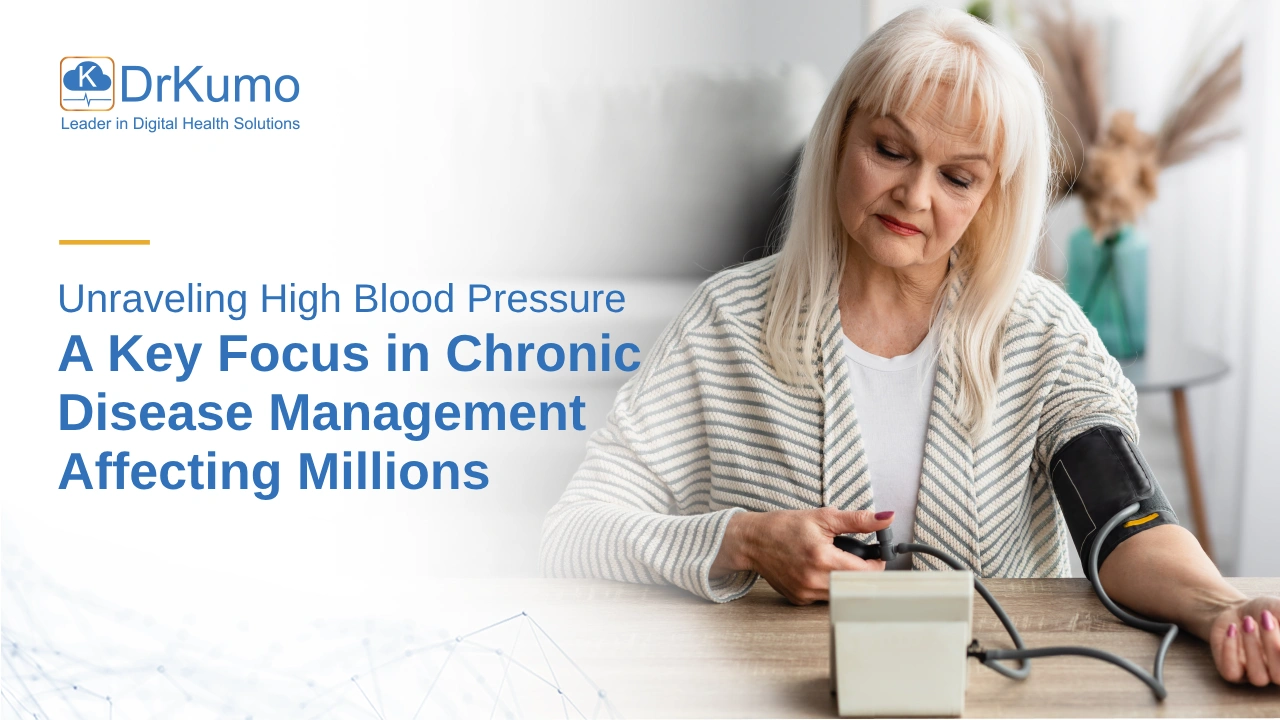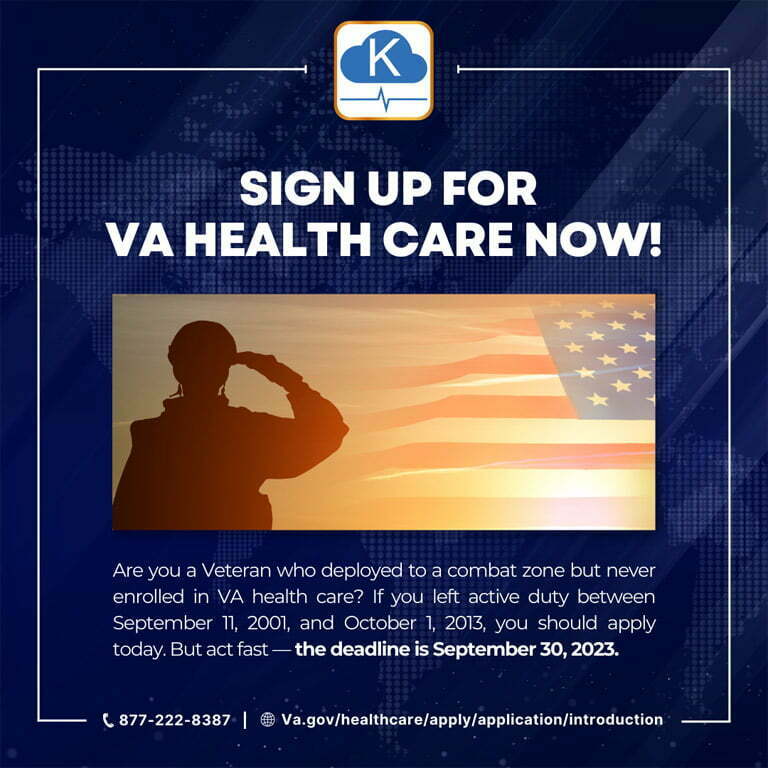High blood pressure, or hypertension, is a pervasive health concern that significantly contributes to the global burden of chronic diseases. Often termed the “silent killer” due to its asymptomatic nature, hypertension increases the risk of heart disease, stroke, kidney failure, and other serious health complications. As of 2023 data from World Health Organization, approximately 1.28 billion adults worldwide are affected by hypertension, underscoring the urgent need for effective management and prevention strategies.
The condition often goes undetected for years, gradually damaging organs without warning signs. With aging populations and lifestyle shifts in both developed and developing nations, hypertension prevalence is expected to continue rising. This places increased pressure on healthcare systems to build scalable, preventive approaches to chronic disease management.
Global Prevalence and Demographics
Hypertension affects about one in three adults globally, with varying prevalence rates across regions and age groups. In the United States, nearly half of adults—approximately 122.4 million individuals—are estimated to have hypertension, according to the American Heart Association’s 2024 Heart Disease and Stroke Statistics Update, based on data from 2017-2020. The condition’s prevalence increases with age, affecting 23.4% of adults aged 18–39, 52.5% of those aged 40–59, and 71.6% of individuals aged 60 and older.
Awareness and treatment rates are often lower in lower-income countries, exacerbating health disparities. For example, a 2016 study found that in low- and middle-income countries, only about 38% of people with hypertension were aware of their condition, compared to approximately 67% in high-income countries, highlighting a significant gap in diagnosis and subsequent management. Urbanization, dietary changes, and reduced physical activity contribute significantly to rising hypertension rates in emerging economies. These demographic variations underscore the importance of culturally appropriate and region-specific interventions.
Health Implications of Uncontrolled Hypertension
Unmanaged high blood pressure can lead to severe health issues, including heart attacks, strokes, heart failure, kidney disease, and vision loss. In 2022, hypertension was a primary or contributing cause of 685,875 deaths in the United States. With a global reach of 1.28 billion individuals, or one in four adults, it is the number one risk factor contributing to death worldwide. The implementation of remote patient monitoring can significantly aid in the chronic care management of this condition.
In addition to increased mortality, hypertension contributes to long-term disability and a significant loss of productivity. It is also a leading cause of costly hospital admissions due to cardiovascular and renal complications. Preventing these outcomes through proactive disease management, facilitated by tools like remote patient monitoring within a comprehensive chronic care management strategy, should be a top priority in the public and private healthcare sectors.
Current Guidelines and Treatment Approaches
Recent guidelines emphasize the importance of early detection and management of hypertension. The 2024 European Society of Cardiology (ESC) guidelines recommend an initial systolic blood pressure (SBP) target of 120–129 mm Hg for most adults, if tolerated. In the United States, the American Heart Association (AHA) and American College of Cardiology (ACC) 2017 guidelines generally recommend a blood pressure target of less than 130/80 mm Hg for most adults, particularly those with confirmed hypertension and cardiovascular disease or elevated cardiovascular risk. Treatment strategies include lifestyle modifications—such as dietary changes, increased physical activity, and weight management—and pharmacological interventions when necessary.
First-line medications may include ACE inhibitors, calcium channel blockers, or thiazide diuretics. Treatment regimens should be tailored based on comorbid conditions such as diabetes or chronic kidney disease. Frequent blood pressure monitoring and patient follow-up are essential for optimizing treatment outcomes.
Challenges in Hypertension Management
Despite available treatments, hypertension control rates remain suboptimal. According to the World Health Organization’s “Global report on hypertension: the race against a silent killer,” published in 2023, only 54% of adults with hypertension are diagnosed, 42% receive treatment, and a mere 21% have their condition under control. Barriers to effective management include a lack of awareness, limited access to healthcare, and socioeconomic factors.
In many communities, cultural beliefs and misinformation contribute to poor adherence to treatment; for instance, a common misconception is that chronic conditions like diabetes or hypertension are caused by witchcraft or a “bad spell” rather than physiological factors, leading individuals to seek traditional healers over prescribed medical interventions. Medication affordability and side effects also discourage sustained use among some patients. A comprehensive approach involving community outreach, health education, and supportive policies is critical to overcoming these challenges.
Innovations in Monitoring and Management
Advancements in technology have introduced new tools for hypertension management. Home blood pressure monitoring devices and telehealth services enable patients to monitor their condition and consult healthcare providers remotely. These innovations facilitate timely interventions and personalized care, improving treatment adherence and outcomes.
Artificial intelligence (AI) and machine learning algorithms are also used to identify risk patterns and predict adverse events. Wearable technology, including clinically validated wearable BP-monitoring devices, is beginning to allow more continuous and convenient data collection, through accuracy and FDA validation vary by device. Integrating these technologies into electronic health records (EHRs) enhances coordination among multidisciplinary care teams.
Preventive Measures and Lifestyle Modifications
Prevention is a cornerstone of hypertension management. Lifestyle changes—such as adopting a balanced diet low in sodium, engaging in regular physical activity, moderating alcohol consumption, and avoiding tobacco use—can significantly reduce blood pressure levels. The Dietary Approaches to Stop Hypertension (DASH) diet, rich in fruits, vegetables, and whole grains, has been shown to lower blood pressure.
Community-based programs that encourage walking groups, healthy cooking classes, and regular health screenings have proven effective in promoting healthier habits. Employers can also support workplace wellness initiatives to reduce hypertension risk. Public policies, such as reducing salt in processed foods, have also demonstrated success in national prevention strategies.
The Economic Burden of Hypertension
Hypertension affects individuals’ health and imposes a substantial economic burden on healthcare systems. The estimated annual hypertension cost exceeds $130 billion in the U.S. alone. These expenses include direct costs such as hospital stays, medications, and outpatient visits, as well as indirect costs from lost productivity and premature death.
The economic impact is even more devastating for low- and middle-income countries, as resources for chronic disease management are often scarce; the WHO estimates that non-communicable diseases (NCDs) are projected to cost low- and middle-income countries over US $7 trillion in lost economic output between 2011 and 2025. Addressing hypertension can yield a strong return on investment through reduced healthcare expenditures and improved workforce productivity. Strategic public health planning must consider this condition’s financial and human toll.
Future Directions in Hypertension Control
Looking ahead, hypertension management must evolve to meet changing global health needs. Precision medicine, though still emerging and currently under extensive research, has the potential to tailor hypertension treatments more effectively based on individual genetic and environmental factors. Population health analytics can help identify high-risk individuals and communities for targeted interventions.
Policymakers should prioritize investments in preventive care infrastructure and research to drive innovation. Public-private partnerships can accelerate the development and dissemination of scalable solutions, especially in resource-limited settings. Achieving global hypertension control will ultimately require coordinated efforts across healthcare, technology, and policy domains.
DrKumo Digital Health Solutions: Empowering Hypertension Management
DrKumo Digital Health Solutions offers innovative tools that align with the critical focus on managing high blood pressure discussed in this article. DrKumo’s remote patient monitoring (RPM) platform explicitly offers and supports the monitoring of blood pressure, weight, and other vital signs, enabling individuals to track these key health indicators from the comfort of their homes. This continuous stream of data empowers both patients and healthcare providers with a more comprehensive understanding of blood pressure trends, facilitating timely interventions and personalized treatment adjustments.
By leveraging the power of connected devices and secure data transmission, DrKumo’s solutions facilitates adherence by providing reminders, notifications, or data-driven insights to medication regimens, early detection of concerning patterns, and reduced need for in-office visits for routine monitoring. This proactive approach has the potential to significantly impact the millions affected by high blood pressure, supporting better self-management and potentially leading to improved cardiovascular health outcomes.
Takeaways
Hypertension remains a critical public health issue with far-reaching consequences. Effective management requires a multifaceted approach, combining early detection, patient education, lifestyle modifications, and adherence to treatment guidelines. By leveraging technological innovations and addressing systemic barriers, healthcare systems can improve hypertension control rates and reduce the burden of cardiovascular diseases.
Success will depend on medical interventions and social, economic, and political commitment to health equity. As one of the most preventable contributors to chronic disease, hypertension should remain at the forefront of global health priorities. Collaborative action today can lead to a healthier, more resilient population tomorrow.
DrKumo Digital Health Solutions empowers proactive health management through personalized insights, elevating individual well-being. Contact us to learn more!
Disclaimer: This article provides general information about managing high blood pressure and chronic disease. It is not a substitute for professional medical advice, diagnosis, or treatment. Always seek the advice of your physician or other qualified health provider with any questions you may have regarding a medical condition.








